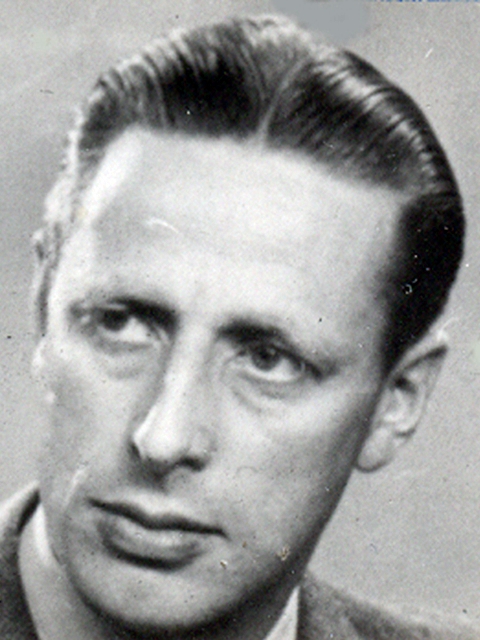Martin Matsbo

Biographical information
| Roles | Competed in Olympic Games |
|---|---|
| Sex | Male |
| Full name | Martin Johannes•Matsbo (Gustafsson-) |
| Used name | Martin•Matsbo |
| Born | 4 October 1911 in Hedemora, Dalarna (SWE) |
| Died | 6 September 2002 (aged 90 years 11 months 2 days) in Södertälje, Stockholm (SWE) |
| Affiliations | IFK Hedemora, Hedemora (SWE) |
| NOC |  Sweden Sweden |
| Medals | OG |
| Gold | 0 |
| Silver | 0 |
| Bronze | 1 |
| Total | 1 |
Biography
Martin Matsbo was born as Martin Gustafsson, but took the name Matsbo in 1928 after the village where he lived. Between 1922 and 1936 he competed for IFK Hedemora. He took part in a race in Borlänge, “Dalarna’s Holmenkollen”, in 1932 when he defeated Olympic gold medalist Per-Erik Hedlund. Matsbo won his first major race in 1934, the Swedish Championship in the 15 km. At the 1936 Winter Olympics in Garmisch-Partenkirchen Matsbo won a bronze medal in the relay, and he earned two more relay bronze medals at the Nordic World Ski Championships in 1935 and 1938. His best individual finish at the Nordic Skiing World Championships was a fourth in the 18 km in 1938. Matsbo also won the 18 km event at the 1937 Holmenkollen ski festival. In the same year he was recruited by Hudiksvall IF to win the Swedish Championship the same year, both individually in the 15 km and in the relay. Later, he competed for Malungs IF and with them won a national championship in the relay in 1942. With his club team he took another Swedish Championship and was runner-up in the 15 km in 1939. In 1941 Matsbo, who was a non-commissioned officer, participated in the War World Championships in Cortina d’Ampezzo, competing amongst others against three teams of Alpine Hunters.
Except for his athletic performance, Matsbo had made himself a name for his improvements in waxing technology. He was famous for his own ski wax, one of the most used in the 1940s and 1950s. In 1942 his wax boiler in Malung burned down and with it many of his recipes and ongoing experiments. He then joined the Astra company to work scientifically on new recipes. Here, he developed “Swix” one of the first synthetic waxes, which came on the market in 1946. The wax had its breakthrough when it was used by a Swedish gold medalist in 1948. In the following years, he developed additional wax types for ski jumping and alpine skiing. For 34 years he worked in Södertälje as marketing chief and tester. When the company’s research section moved to Norway in 1974, he remained in Södertälje.
In 1937 he was appointed “Stor Grabb” (literally Big Boy) in skiing, an honorary award in Swedish sports. He was featured in the documentary film “De sista skidåkarna” (The Last Skiers) in 1988, also known under the name “Förra tidens människa” (Men of the Past). On his 90th birthday in 2001, he received the Peder Smith Medal, the highest award of his hometown Hedemora. The Matsboloppet is a national cross-country race in Hedemora for children and youngsters, named after Martin Matsbo.
Results
| Games | Discipline (Sport) / Event | NOC / Team | Pos | Medal | As | |
|---|---|---|---|---|---|---|
| 1936 Winter Olympics | Cross Country Skiing (Skiing) |  SWE SWE |
Martin Matsbo | |||
| 18 kilometres, Men (Olympic) | 4 | |||||
| 4 × 10 kilometres Relay, Men (Olympic) | Sweden | 3 | Bronze |
List mentions
- Listed in Olympians Who Won a Medal at the World Nordic Ski Championships (0–0–2 1935 Vysoké Tatry CCS bronze: 4×10 km relay; 1936 Garmisch-Partenkirchen (Olympics) CCS bronze: 4×10 km relay; 1941 Cortina d'Ampezzo MSP gold (unofficial))